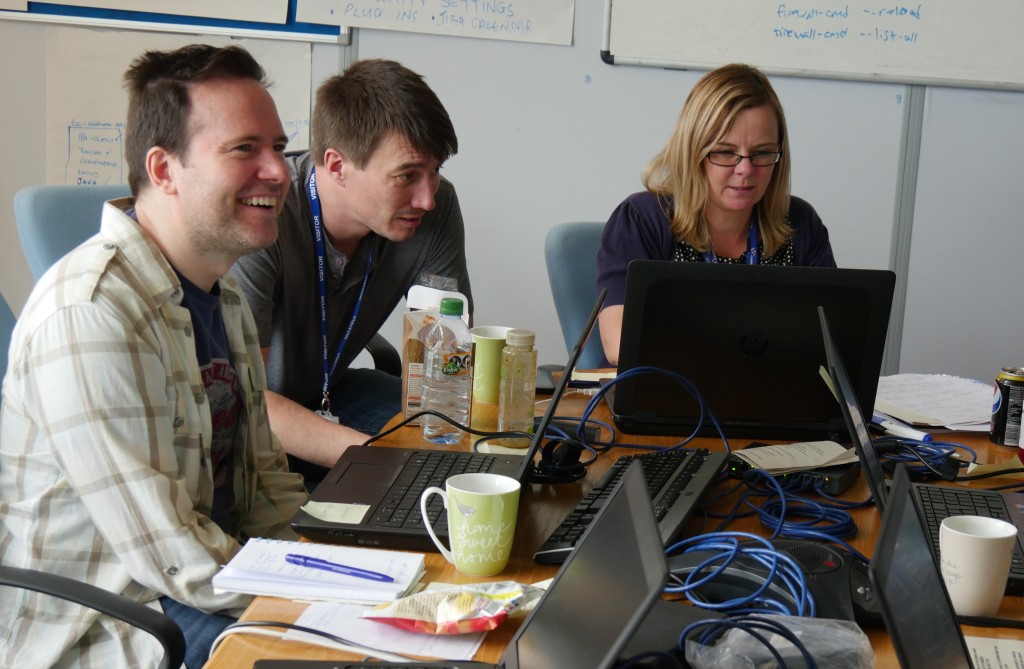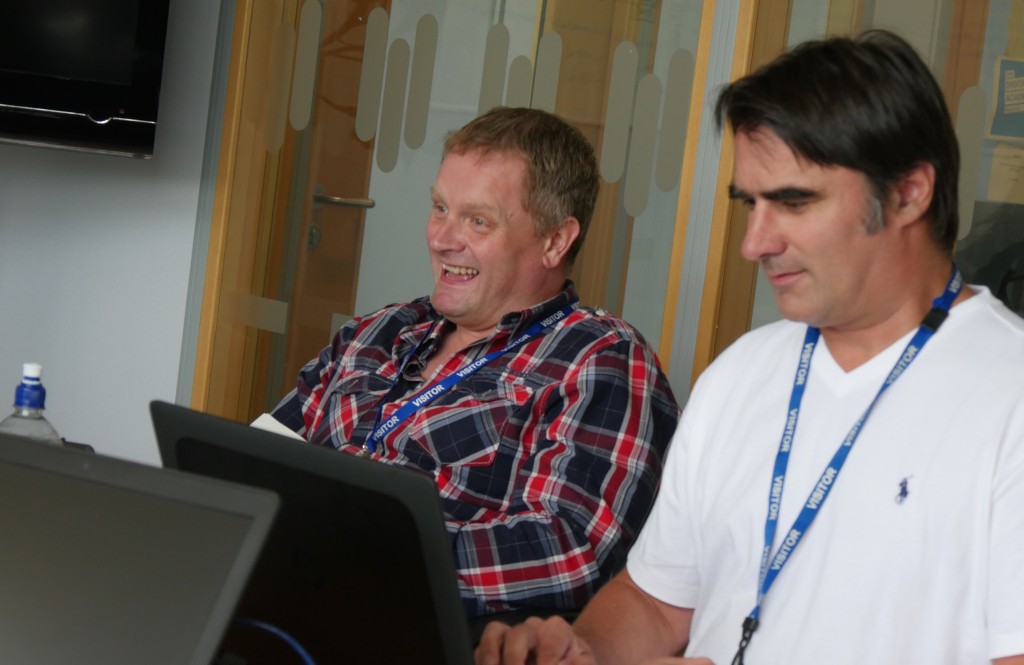
I’m halfway through a 12-week Junior WebOps training program in DWP. It covers topics and skills that are essential to creating and maintaining user-centred digital services at DWP.
I’ve completed another block and gained another huge stack of knowledge. It’s been a tough one for all of us, I think.
At week 6 of 12, the fatigue is kicking in a bit. Don't get me wrong, it's great to be learning so much, and the course and camaraderie means it’s always fun, but the intensity can be exhausting. There is so much knowledge to take in, retain, embed - a restful weekend will do us all the world of good, I’m sure.
Web programming
Block 2 covered a lot of the ‘Web’ side of WebOps. This involved looking at how to use cutting-edge web technologies, as well as the importance of building websites for all kinds of platforms such as desktops, smartphones and tablets.
It’s been fascinating to get an insight into how some of the websites we use every day actually look 'under the hood'. Understanding these technologies will be invaluable when it comes to building and maintaining systems on the live projects we’ll soon be working on.
Version control
We also spent some time learning version control using a system known as “Git”. This is a simple but powerful version control tool. It enables developers and others working on projects to keep a tight control over any type of code, plus any associated documentation.

Using Git, a developer can work on their code separate from the 'live' code. This is important when maintaining live systems used by tens of thousands of people. Being able to constantly test and iterate outside the live environment means we can be far more creative in our technical problem solving. Git is the de facto standard these days (and it's free, too).
Embracing industry standards
It’s great that government departments are embracing industry-standard tools now, as it means developers coming into government from the private or voluntary sectors can get straight to work using the tools they are already used to, and be productive from day one.

It’s also good for those of us in government, as we’re developing skills that will be relevant across the tech industry if we spend some time working outside government in future.
Looking forward to looking back
We finished this week, as we do every week, with an agile 'retrospective'. Here, we look back on the past few days’ teaching, thinking about what went well, what didn't go so well, and what could be improved upon. These sessions really help us to reflect on the week and consolidate our learning, and we all look forward to them.
There’s the added bonus that by reviewing what we’ve been taught, how we’ve been taught it, and what could’ve gone better, we know that we are helping to improve the learning experience for ourselves and for future cohorts - always a nice way to end the week.
